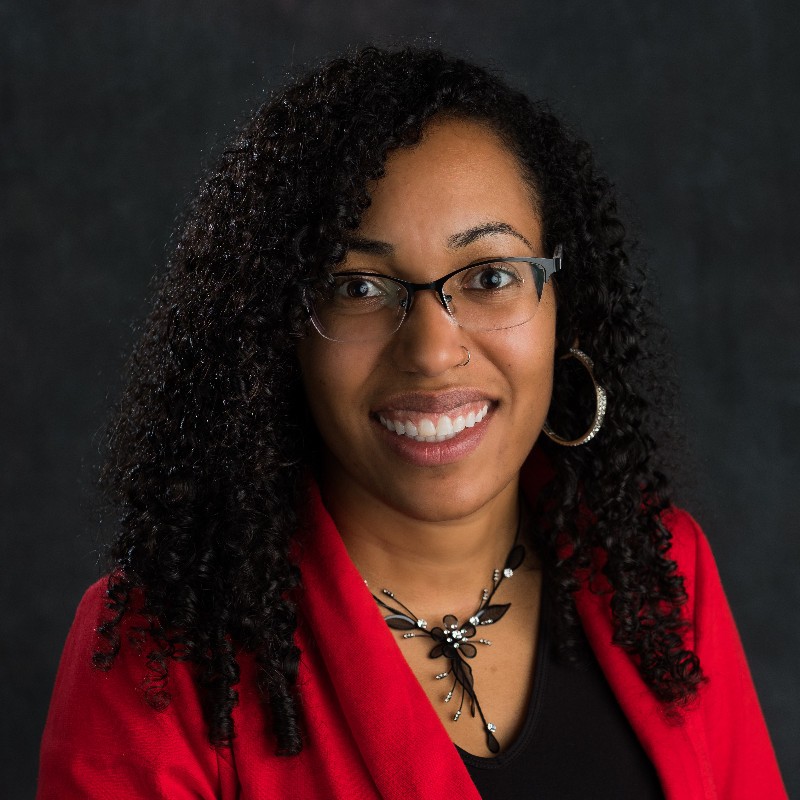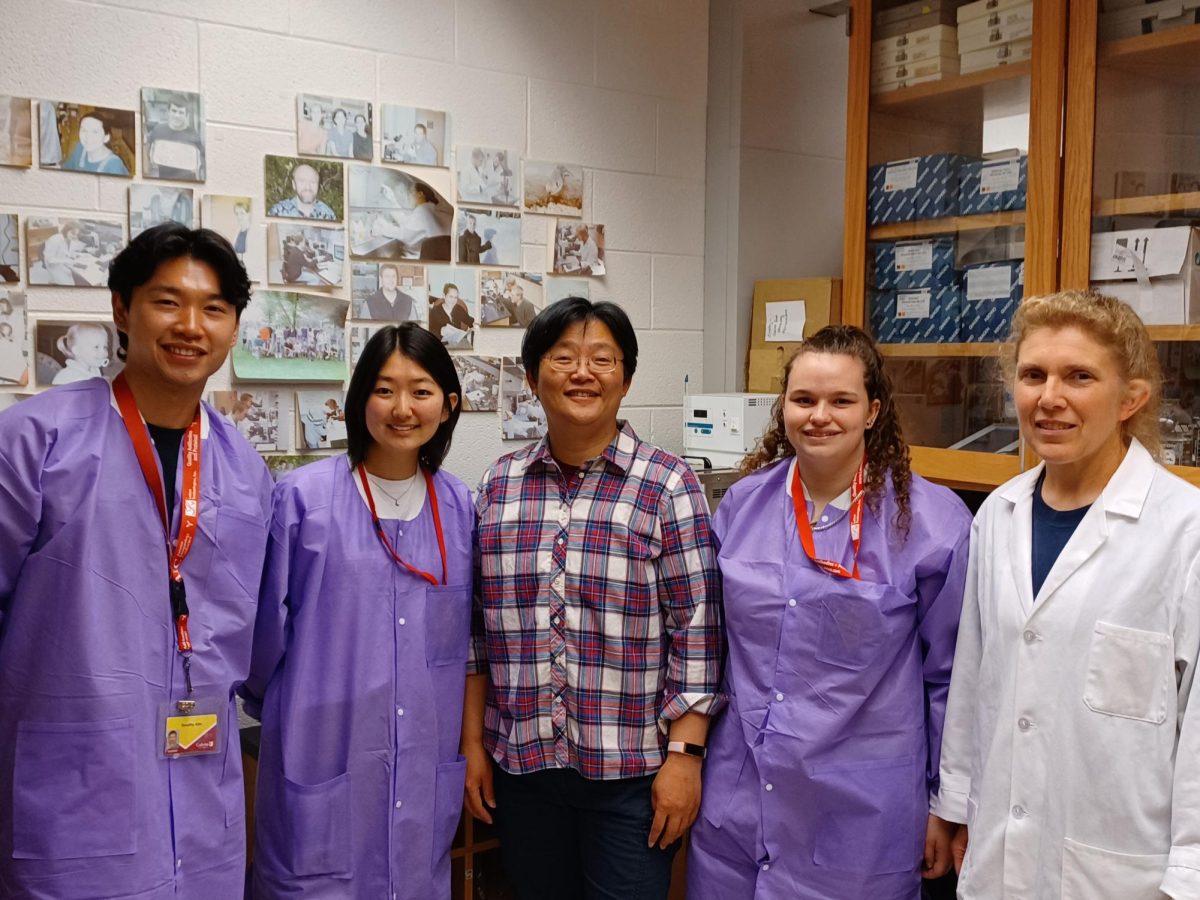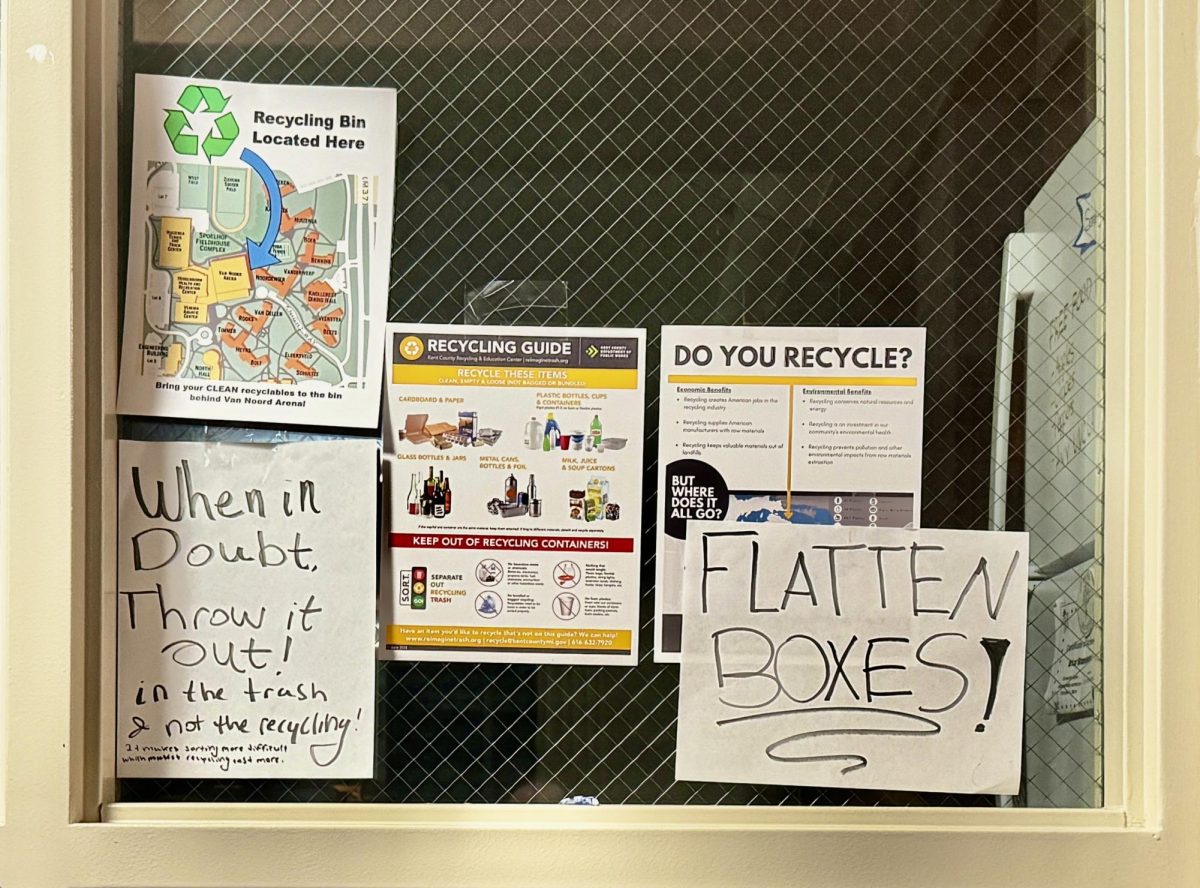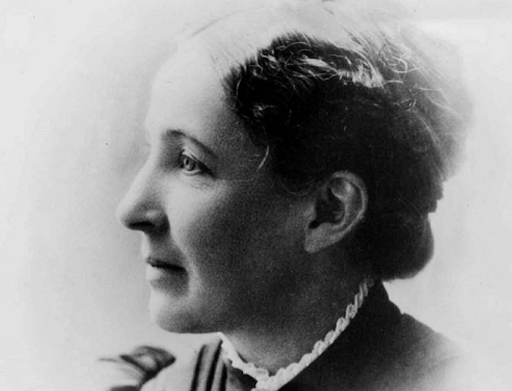Veronica Frans is a quantitative ecologist and current Ph.D. student at Michigan State University. She has a dual master’s degree in International Nature Conservation from the University of Göttingen in Germany and Lincoln University in New Zealand, and can speak 6 different languages –– English, Spanish, French, Portuguese, Japanese and German. On Feb. 16, Frans gave a seminar to the biology and geology departments about the recolonization of New Zealand by an endangered species, the New Zealand sea lion. After the seminar, Chimes talked to Frans about her research.
Chimes: What inspired your passion for your research on New Zealand sea lions?
Frans: New Zealand sea lions have had a special place in my heart for a long time because I did my master’s degree in New Zealand. It was after I left New Zealand that I started learning about the species. And I’m like, “man,” because I mean, they’re the only pinniped ––seal or sea lion –– species on the planet that has a preference for forests at a stage in their lives, and it’s just so cool. It’s so dynamic, and it’s a space where people are constantly learning more and more about this species…and how they’re responding to humans.
It’s also very much a story of hope, because a lot of times when we hear about conservation, we are always looking at numbers going down. We’re always looking at these sad cases, and I feel really blessed that I was working on a story where yes, there are some conservation concerns, but overall, it’s very optimistic, where these species, like these sea lions, are given a second chance. And it’s up to us as humans to allow them that second chance at population recovery.
Chimes: What are some of the challenges that the sea lions have faced when they’re recolonizing New Zealand?
Frans: A lot of times when people hear reintroduction… they’re thinking that it’s us who are doing it, but they [the sea lions] are. They’re making this return. So that’s why it’s more like a recolonization. And then the colonization side means that they’re establishing anyway. The biggest things that are happening is that, as they’re returning, sometimes we don’t even know where they’re actually coming from…because they may arrive at a beach, and the females may check out a beach. And they may not have their pups there. So it’s kind of hard to find them. That’s why the map that I made is important to at least start looking for them.
Also, these females need to go into the forest, and then they go back to forage. They go back to the sea, and then they go again into the forest to meet their pups. In that traveling that they’re doing, they face potential threats with cars that may be passing by on the roads. There are also just some people who feel threatened by them…And then [the people] may — like somebody has — stab them. And so the issue is, especially if we lose a reproducing female — you’re losing the chance for generations of pups to be born on the mainland.
Chimes: Has the media picked up on any of your work? If so, what did they say? How did you respond to that, and how has that inspired awareness from other people?
Frans: In New Zealand, there’s a lot of news about the New Zealand sea lion, and that’s also helpful for awareness. But sometimes when they’re in the news, it’s things that people are laughing about, like the kind of things that you would see on social media. But when my research came out, it really helped to bring international awareness. It got picked up by the New York Times, it got picked up by the Washington Post –– and even CNN. When [CNN] heard about it, they went to New Zealand and talked with managers, decision-makers –– they talked with people who are on the ground, field rangers and even people who have been co-authors in my research. So it was really exciting that it’s not my story, it’s the story of the sea lion. So it really was a story of conservation optimism. It was even picked up by news out of Berlin, so it’s been through a lot of different news outlets.
In a place like New Zealand, people look at [the country] and they think that it’s beautiful, it’s green. But [New Zealanders] also still have conservation issues, just like we do. [The increased media coverage is a] chance to not just look at the sea lion and [say] “Oh, that’s a funny story. Look at that sea lion in somebody’s house. Look at that sea lion swimming in somebody’s swimming pool. Look at the sea lion that’s just cutting off all of the road traffic because of a pup.”
Instead of making fun of [the sea lions], it’s really more like a story where you have hope. You have an understanding of some of the complications. There’s like a little more space for understanding and dialogue, and I was really grateful.









